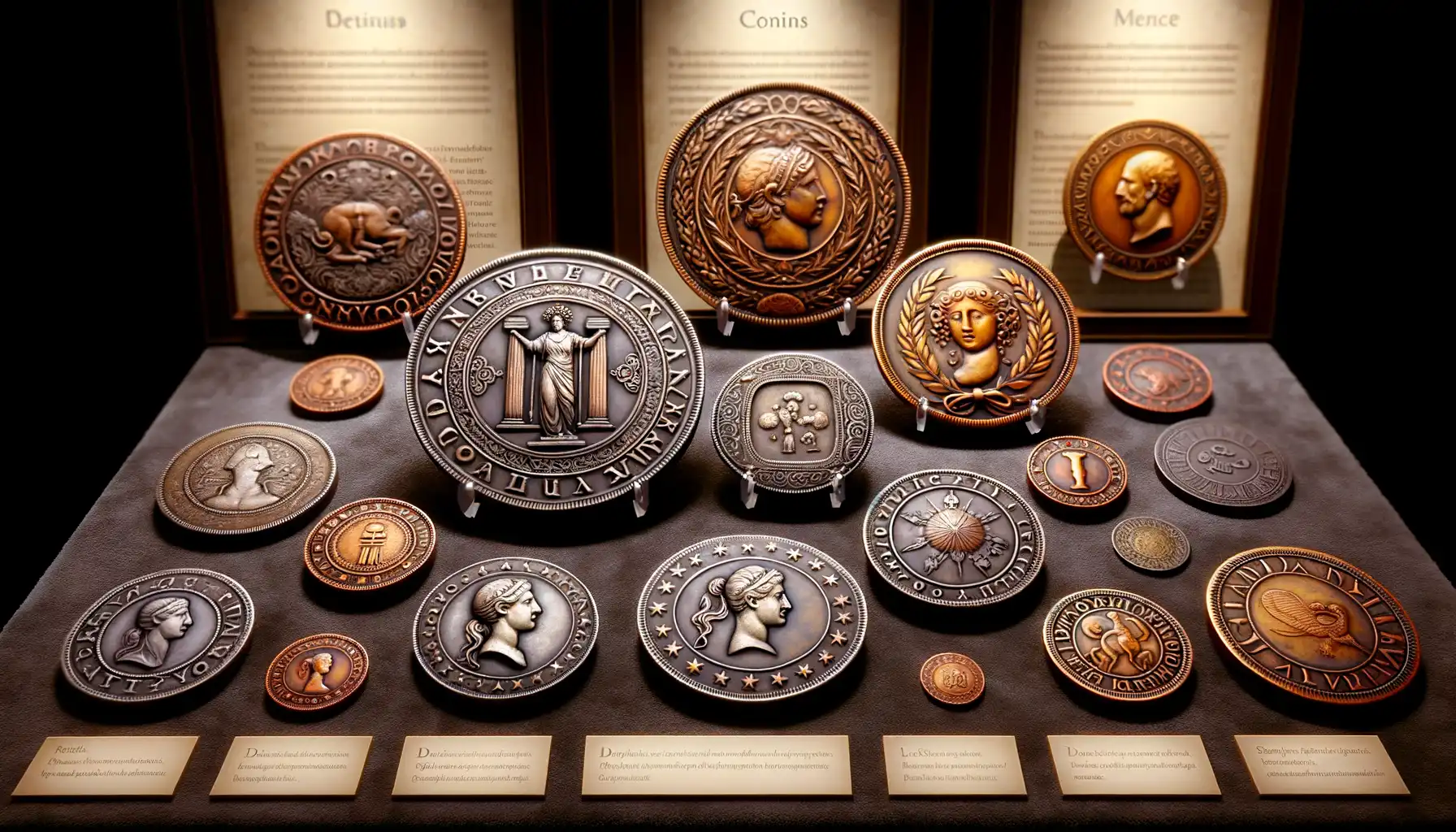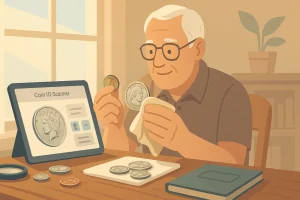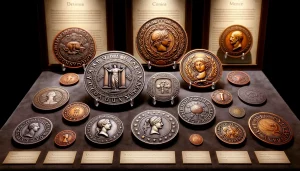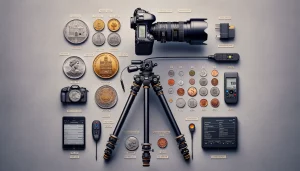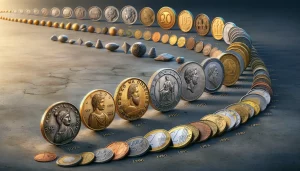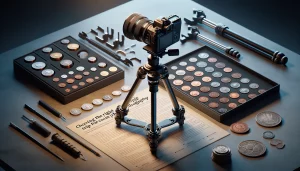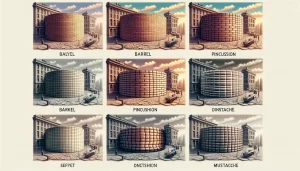The Origins of Coinage and Early Uses
The Spark That Transformed Trade and Trust
Picture this: centuries ago, bustling markets hummed with the chaotic exchange of goods. Sheep were swapped for grain, jewelry for spices. But as trade flourished, bartering became cumbersome. Enter the revolutionary idea—coins! Somewhere around 600 BCE in the ancient kingdom of Lydia (modern-day Turkey), the first coins were minted. These weren’t just shiny discs; they were a promise, a symbol of trust stamped in metal.
Crafted from a precious alloy called *electrum* (a natural mix of gold and silver), these early coins bore simple images—lions, bulls, sunbursts—that represented their issuing authority. Why? Because back then, credibility wasn’t universal—it needed proof. Coins became that proof, bridging gaps between strangers across vast lands. It’s wild to think how one small stamped object simplified transactions and brought order to commerce.
- Lydia’s lions are considered the pioneers of coinage, roaring into history as symbols of power.
- China was also crafting money early on, but in unique forms: knife-shaped coins or tiny spade-like pieces!
Coins didn’t just buy bread—they carried stories of rulers, gods, and empires. A humble penny was, in its essence, a storyteller in metal form.
Major Milestones in the Evolution of Coins
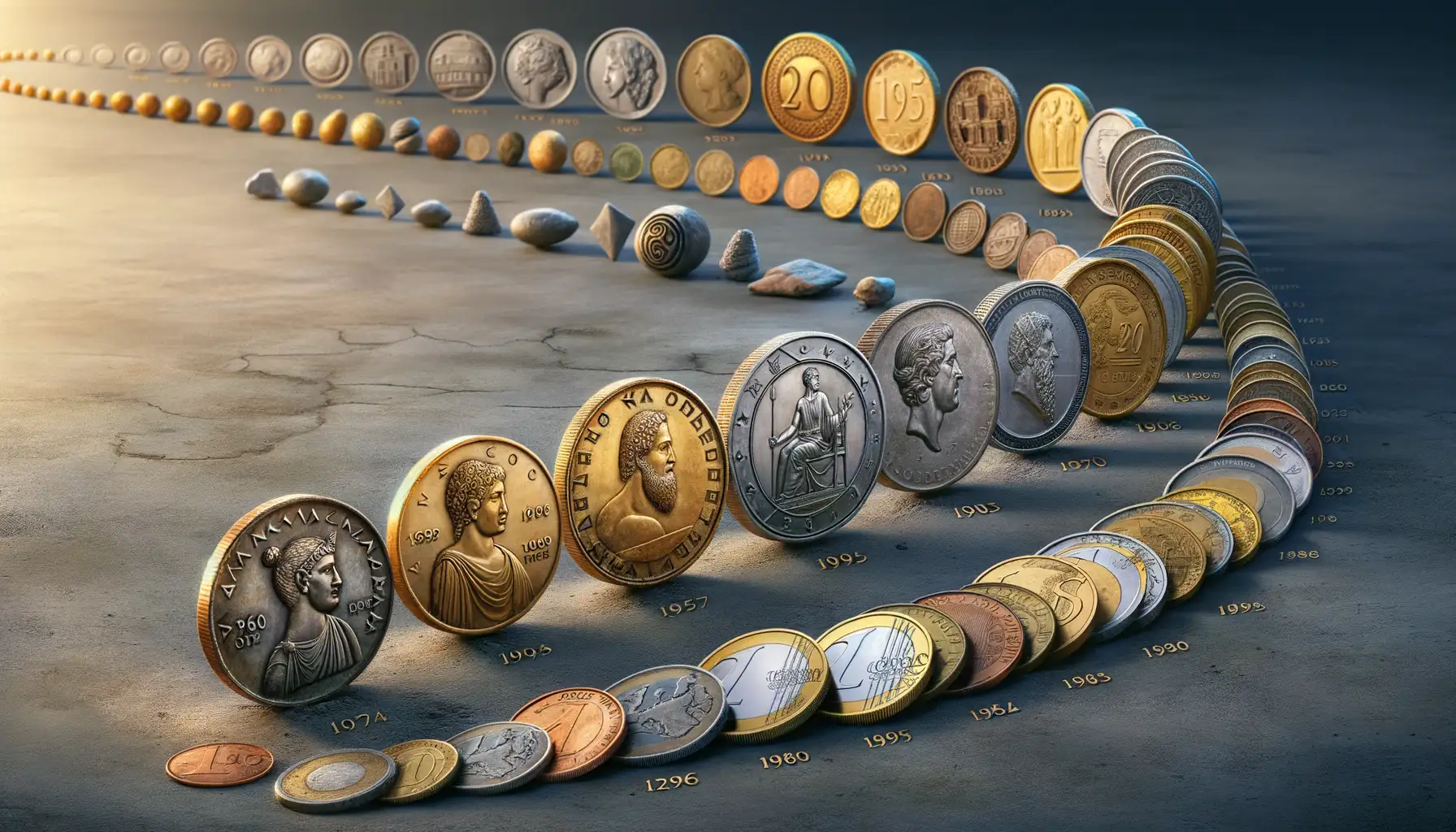
The Birth of Iconic Coin Designs
Coins didn’t just emerge as flat, stamped discs—we’re talking centuries of experimentation, artistry, and even political storytelling! Take the ancient Greeks, for instance. They weren’t content with plain designs; they turned their coins into miniature works of art. Imagine holding a coin featuring the majestic owl of Athens, its sharp gaze practically daring you to trade it away.
Fast forward to the medieval period, and Europe brought us hammered coins—literally hammered by hand with intricate tools. Every coin carried the touch of a craftsman’s skill, turning ordinary currency into something deeply personal. Then came the Renaissance, where rulers like Henry VIII upped the ante by putting *their own faces* on coins, because why not let everyone carry around your portrait in their pocket?
- 600 BCE: The first-ever silver and gold alloy coins shine in Lydia (modern-day Turkey).
- 13th century: Introduction of the florin in Florence—arguably the first “global” currency.
- 19th century: Steam presses revolutionize coin production, upping both volume and precision.
When Coins Became Global Travelers
Let’s talk about how coins didn’t just stay put—they crossed oceans, carrying culture and history with them. Think of the Spanish pieces-of-eight, once jingling in pirate treasures or traded across colonies. These coins became the unofficial currency of the Americas before the U.S. Mint even existed.
And then there’s the Silk Road, where coins weren’t just money—they were messengers. A single Byzantine coin might have passed through countless hands, leaving behind whispers of distant empires. Look closely at these coins today, and you’ll see not just monetary value but stories etched in metal, worn smooth by the ages.
The Role of Photography in Preserving Coin Heritage
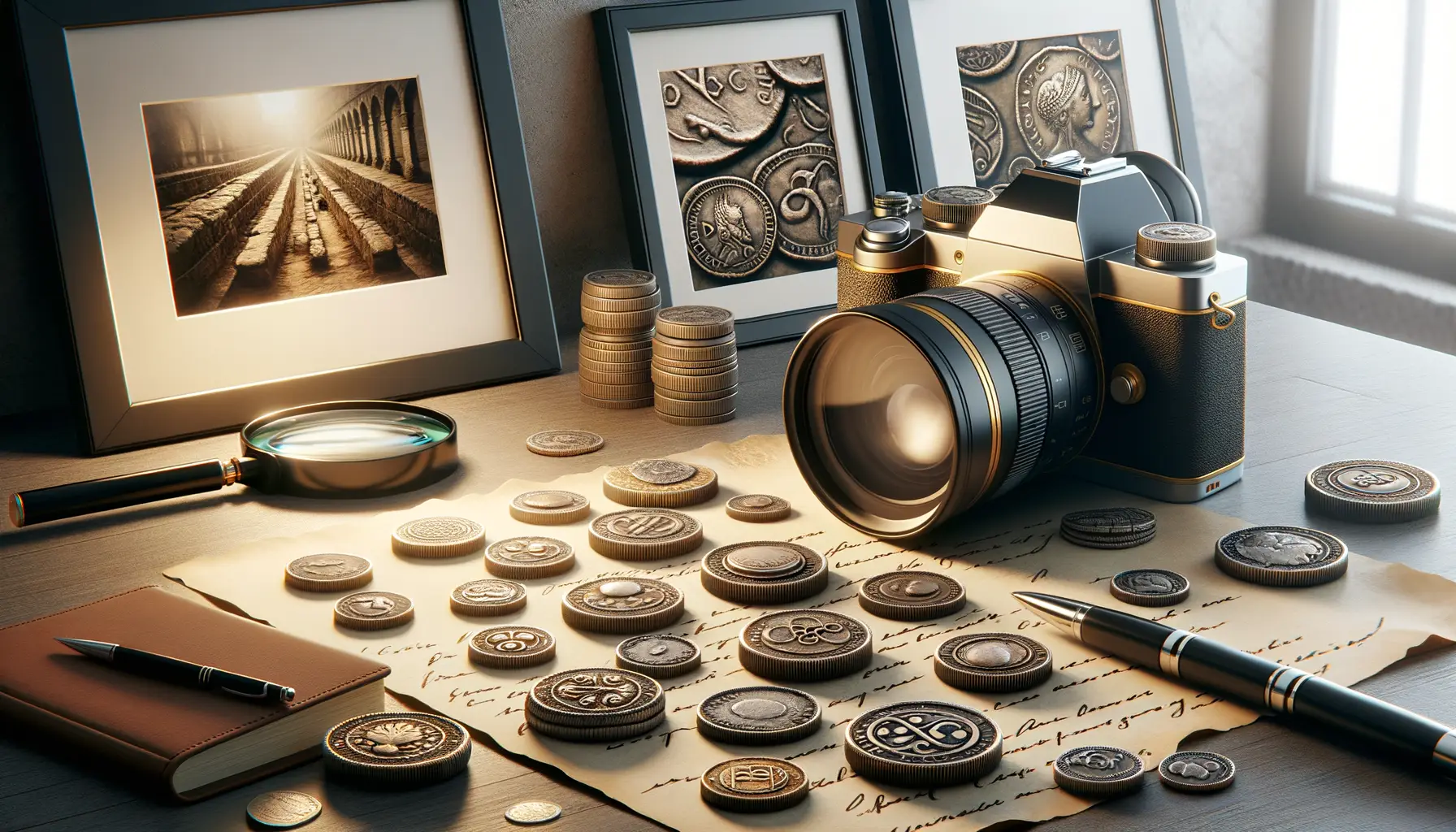
Breathing Life into Numismatic History
Imagine holding a centuries-old coin in your hand—its edges worn, its engravings telling silent stories of trade routes, empires, and forgotten pockets. But what happens when time threatens to erase those details forever? Enter photography, the unsung hero in the preservation of numismatic heritage. Through the lens of a camera, coins are not just documented; they’re immortalized.
A crisp, high-definition photograph captures more than metal—it preserves the nuanced artistry of a coin’s design, like the delicate wreath encircling a Roman denarius or the proud eagle etched onto a 19th-century U.S. silver dollar. These images serve as messengers, handing history down to future generations who may never hold the actual artifact.
- Photography reveals surface details invisible to the naked eye, such as micro-inscriptions or intricate patterns.
- Digital archives ensure coins remain accessible to collectors, researchers, and educators worldwide.
From Auction Halls to Hobbyists’ Hands
The charm of photography is how it democratizes access to these treasures. You don’t need to own Cleopatra’s tetradrachm to appreciate its beauty—you just need to see a compelling photo. Auction houses rely on stunning imagery to inspire bidders, while amateur collectors share snapshots of rare finds on social media, fueling global conversations. With every shutter click, photography keeps these metallic marvels alive, sparking curiosity and connection across generations.
Famous Historical Coins Captured Through Photography
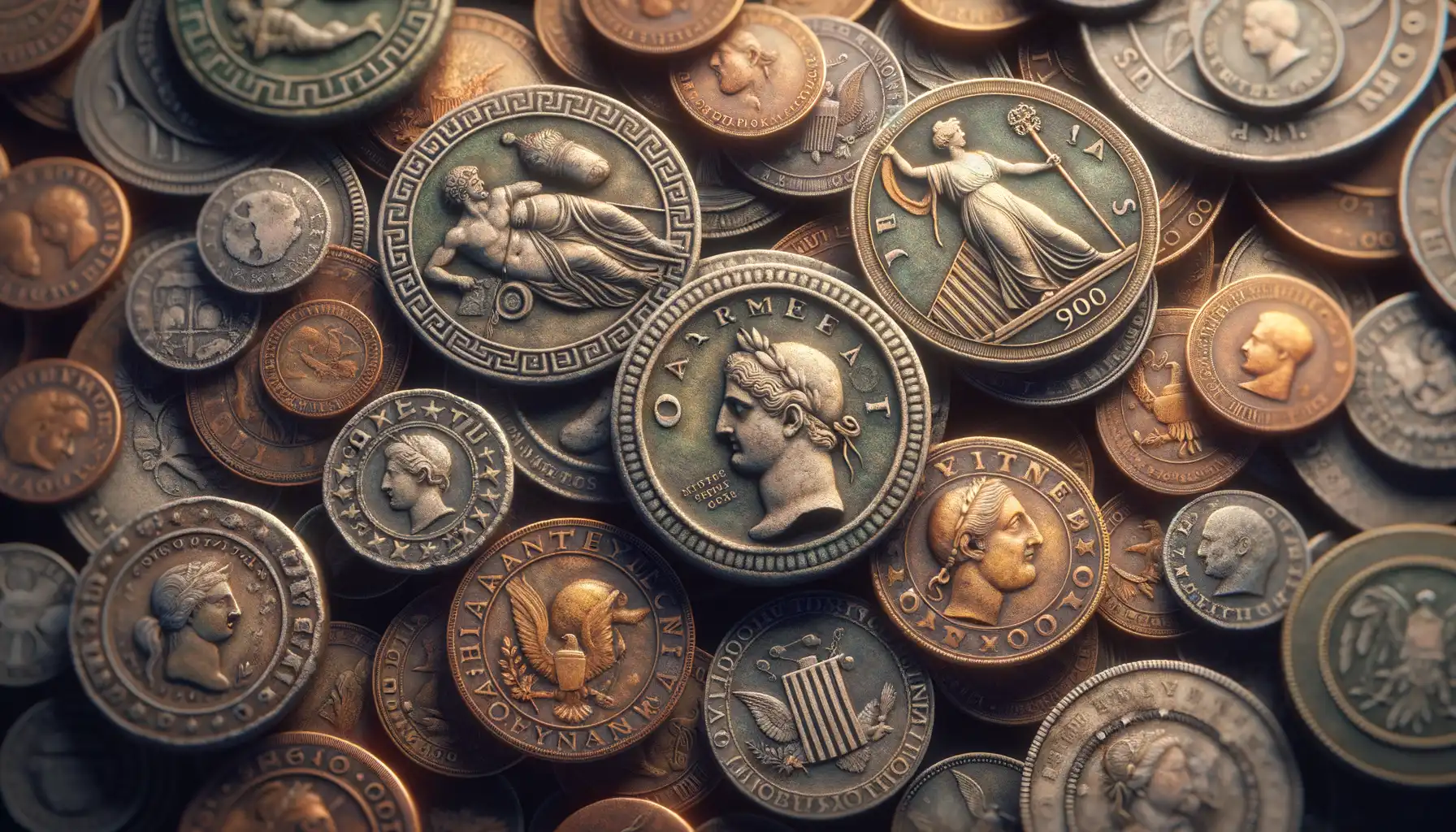
Iconic Coins That Spark the Imagination
Imagine holding a piece of history in your hand—how many stories does it tell? Through the magic of photography, we’ve captured some of the world’s most legendary coins, each whispering secrets of empires long gone. From the shimmering gold aureus of Ancient Rome to the bold designs of the Viking-era pennies, these photos let you step back in time, almost like touching the past without a museum guard hovering nearby.
Take, for instance, the stunning image of the Greek tetradrachm featuring Alexander the Great. You can almost feel the weight of ancient ambition as his portrait stares back at you. Or consider the delicate intricacies of the Chinese Tang Dynasty’s square-holed coins, immortalized through high-resolution close-ups that reveal details invisible to the naked eye. Each crack, scratch, and engraving is a window into lives we’ll never fully know—but can endlessly marvel at.
- The 1933 Double Eagle: A coin so rare and notorious it turned heads at auctions worldwide.
- Spanish Pieces of Eight: The pirate treasure we dreamed of as kids, now immortalized in dazzling photographs.
- The Liberty Head Nickel (1913): A mere five made, yet its story reverberates powerfully through the ages.
Each close-up feels alive, every shadow and glint breathing fire into these masterpieces of metalwork. Photography doesn’t just preserve these coins—it lets us relive their drama.
Impact of Modern Technology on Coin Photography
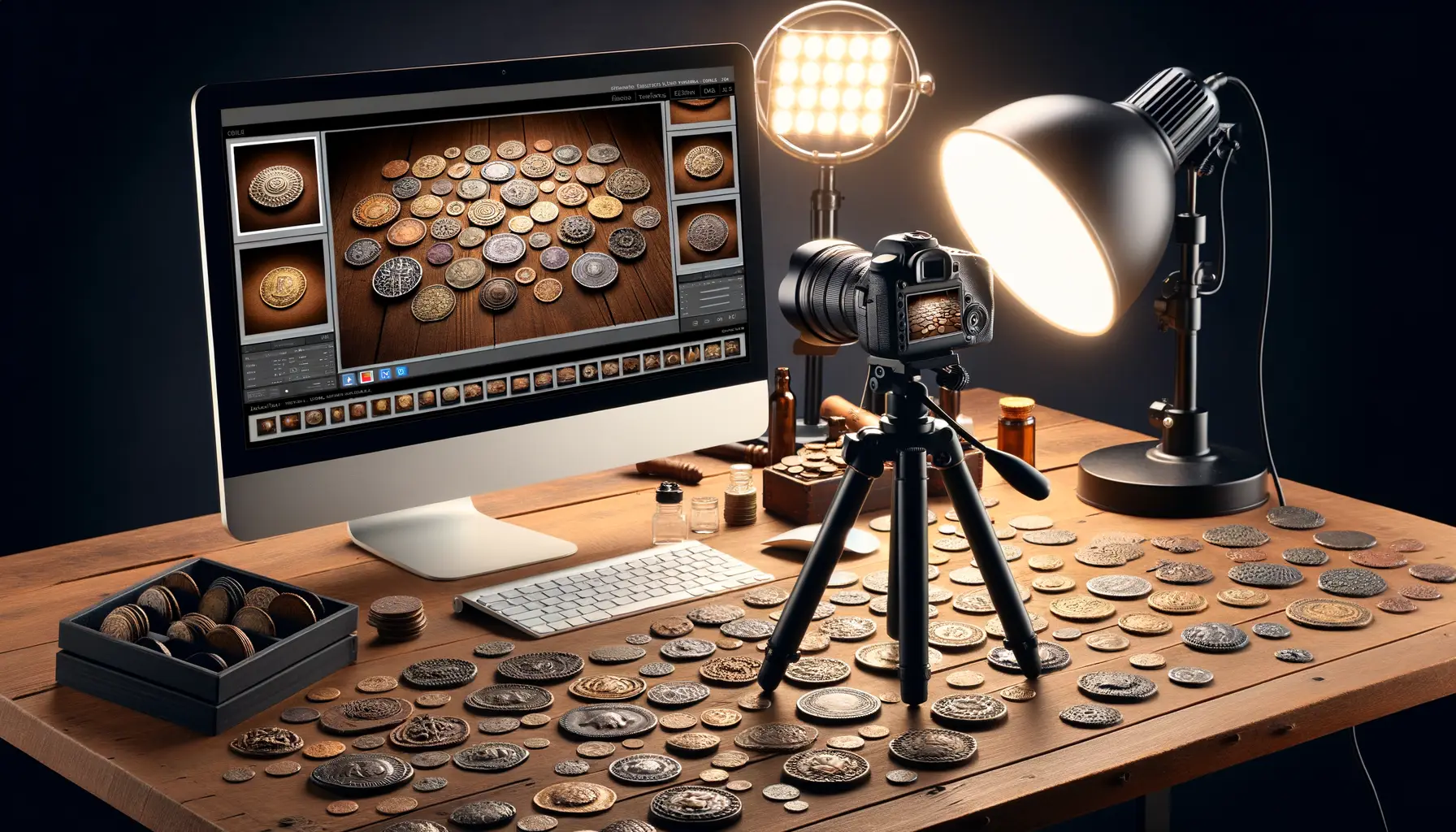
The Digital Renaissance of Coin Photography
Modern technology has revolutionized the way we capture and preserve the intricate beauty of coins. Gone are the days when blurry images and harsh lighting flattened their stories. Today, thanks to advancements like high-resolution cameras and 3D imaging, every scratch, inscription, and patina tells its own tale with stunning clarity.
The use of macro lenses is nothing short of magical. These tools get up close and personal, allowing photographers to reveal details invisible to the naked eye—an ancient king’s faint profile or the delicate texture of an aged coin’s rim. Have you ever gazed at a photo where it feels like you could *feel* the metal beneath your fingers? That’s macro innovation at work.
But it doesn’t stop there.
- Focus-stacking software ensures every corner of a coin stays razor-sharp.
- AI-powered tools restore worn surfaces digitally, peeling back time’s wear and tear.
- Augmented reality (AR) brings coins to life—spin them, tilt them, and admire them from every angle on your screen.
In this era of digital wizardry, photography marries precision with creativity, capturing not just coins, but the essence of the civilizations they represent.


